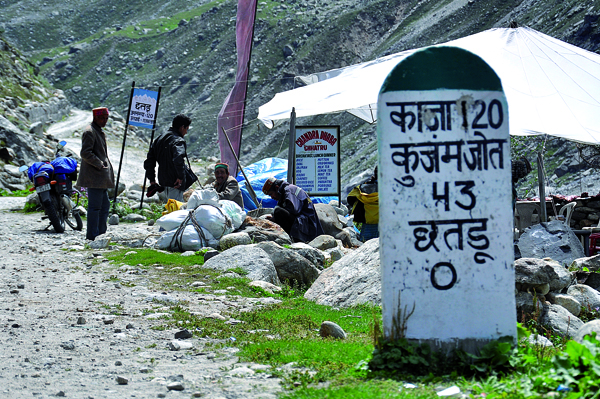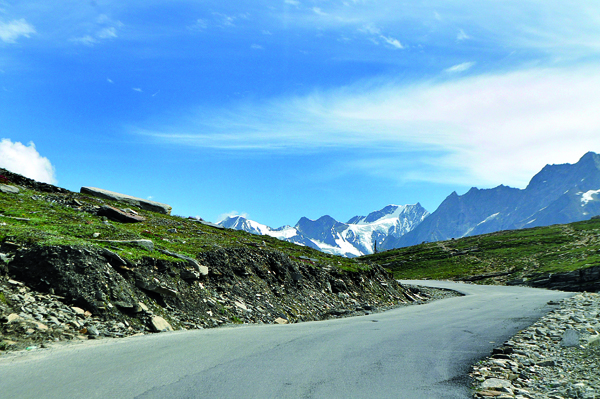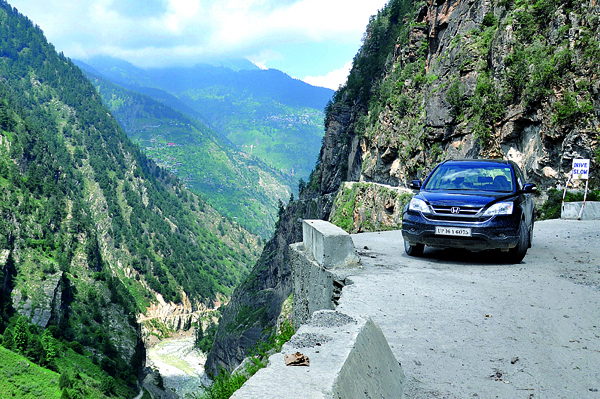The pictures in this story scarcely capture about one percent of the beauty of this place. There probably are quite a few who would have driven the Manali to Leh road. But what most people don’t know about is a drive that, to my mind, is even better – the Manali to Shimla drive through Lahaul, Spiti and Kinnaur.

First, we’ll take you through what you need to make this trip. The most important part of this trip is your car. A car with a higher ground clearance is the preferred choice. Get your mechanic to install a sump guard. And before you start your drive, look very carefully at the underside and note the lowest point of your car. You also need to do some shopping. Get two or three extra tubes for your tyre, even if you are running tubeless. Puncture repair facilities on this route are few and far between. And even when you do find one, chances are that they will not have facilities to repair a tubeless tyre. You can always put in a tube in a tubeless tyre and continue. Carrying a second spare wheel is also a good idea.



